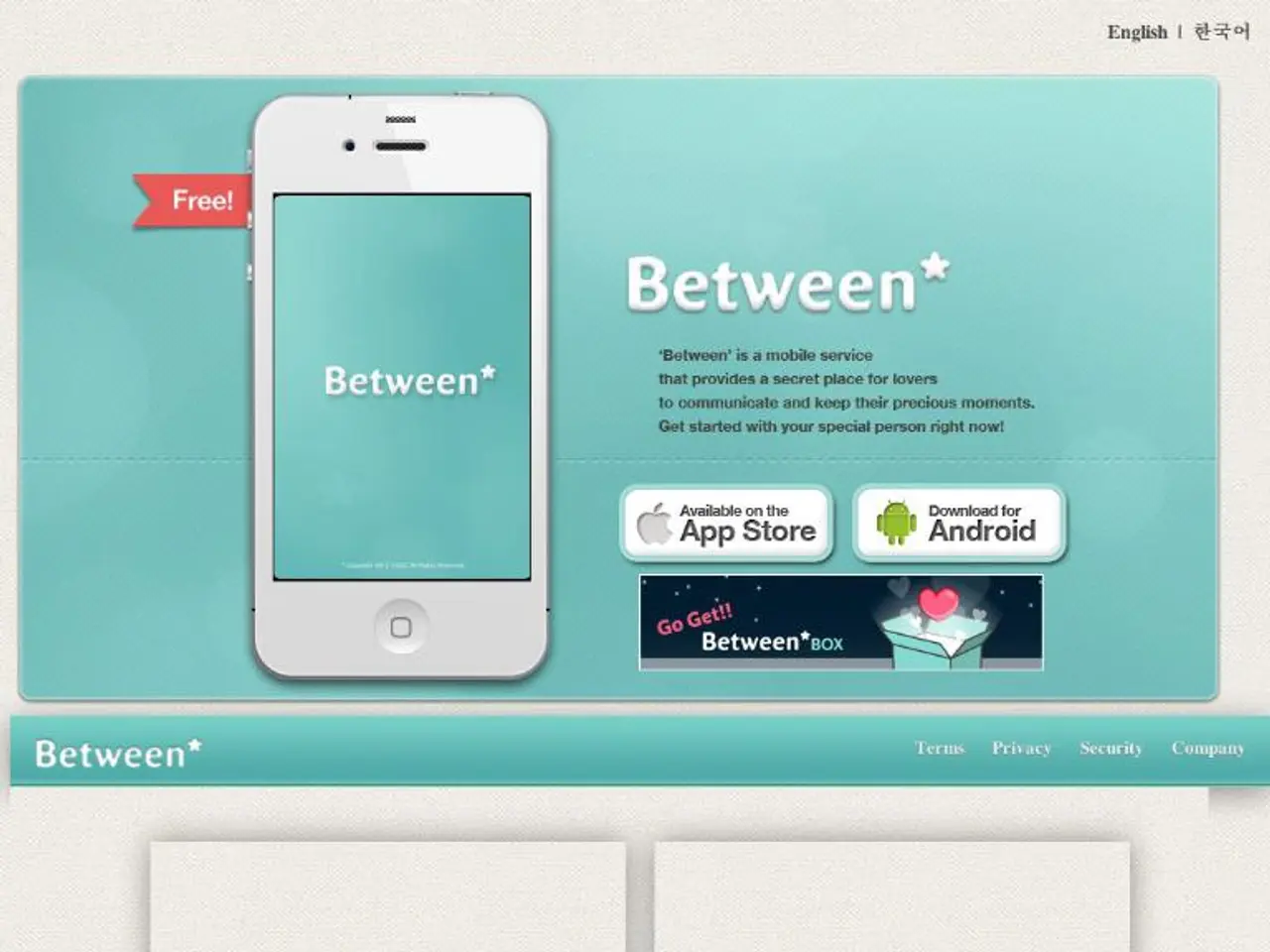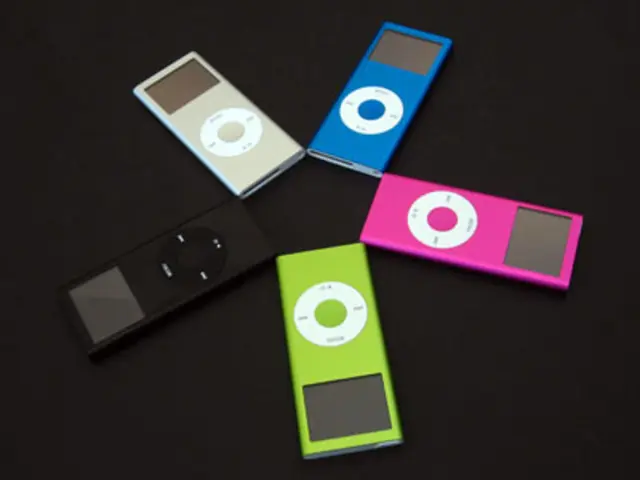Apple's iOS Operating System Progression: Journey from iOS 1 to iOS 13
In the world of mobile operating systems, few have seen as much innovation and growth as iOS. Originally named iPhone OS, it was first introduced by Apple in 2007, marking the beginning of a mobile revolution.
The first major update, iPhone OS 1, introduced features like Visual Voicemail, Multi-Touch Screen, and Integration of iTunes. Fast forward to 2008, and iPhone OS 2 brought the Apple App Store and the iOS SDK for developers, revolutionising the way apps were created and distributed.
iOS 3, released in 2009, introduced a new copy-paste feature, Spotlight Search, support for MMS in the Messages app, and the capability to record videos through the Camera application. This version also supported the iPad, which was launched in 2010.
iOS 4, released in 2010, focused on giving users multi-tasking capabilities and introduced iBooks, FaceTime, Personal Hotspot, AirPrint, and AirPlay. For the first time, Apple added support for third-party widgets in the Notification Center.
iOS 5, released in 2011, introduced iCloud, Notification Center, and iMessage. It also replaced Voice Control with Siri. Siri in iOS 8 received upgrades like activation through voice command and the possibility of making iTunes purchases through the Siri interface.
iOS 6, released in 2012, revamped the Maps app, introduced Passbook, and enhanced the reading list, iCloud tabs, and FaceTime running over cellular.
iOS 7, released in 2013, introduced a new Control Center, AirDrop functionality, Auto-Update, and Touch ID. It also replaced skeuomorphism with Flat Design.
iOS 8 introduced seamless information transfer between iPhone/iPad and Mac computers through AirDrop. It also launched HomeKit and HealthKit, allowing users to control home automation products and save health data from third-party fitness trackers. For the first time, users could send messages and take calls from their Mac desktops.
iOS 9, released in 2015, focused on improving the technical foundation of iOS, with a major round of improvements in responsiveness, stability, speed, and performance. It introduced Low Power Mode to ensure performance quality even in low battery situations.
iOS 10 allowed applications to interact with each other and Siri to become available for third-party app usage. It also introduced Memoji characters for iPhone X users for the first time.
iOS 11 introduced 'Files' - an app for searching, organizing, and browsing files on devices from various applications. It also introduced ARKit, a prominent part of the evolution of Apple iOS, allowing developers to introduce the power of AR to millions of iOS devices.
iOS 12 focused on making devices faster and more responsive, particularly for devices going as back as 2013. It introduced Screen Time, a feature that shows users the time they are spending on their devices interacting with applications. It also introduced Group FaceTime for up to 32 users at once through audio or video.
iOS 13, released on September 19, 2019, is set to introduce Dark Mode, Quick device unlock through Face ID, Sign In with Apple, New Portrait Lighting, Improved Siri voice, and Look Around functionality in Map. It will also discontinue the iTunes store.
The latest version, iOS 13, is scheduled for release and is currently being awaited. By 2025, Apple has announced plans to release iOS 18, continuing the journey of innovation and growth in the world of mobile operating systems.
Read also:
- Undeads Games Reaches $30 Million TVL and Gears Up for MMORPG Debut
- Hyundai N affirms transition to hybrid performance-centric models, initiating with Tucson N
- Excess Solar Energy in the Grid: Challenges for Photovoltaic System Owners
- Experienced a 4,000-mile journey in my 2025 Lexus GX 550 on Trail, found the vehicle packed with power, yet the infotainment system exhibited a disconcerting habit of resetting my personal settings arbitrarily.








